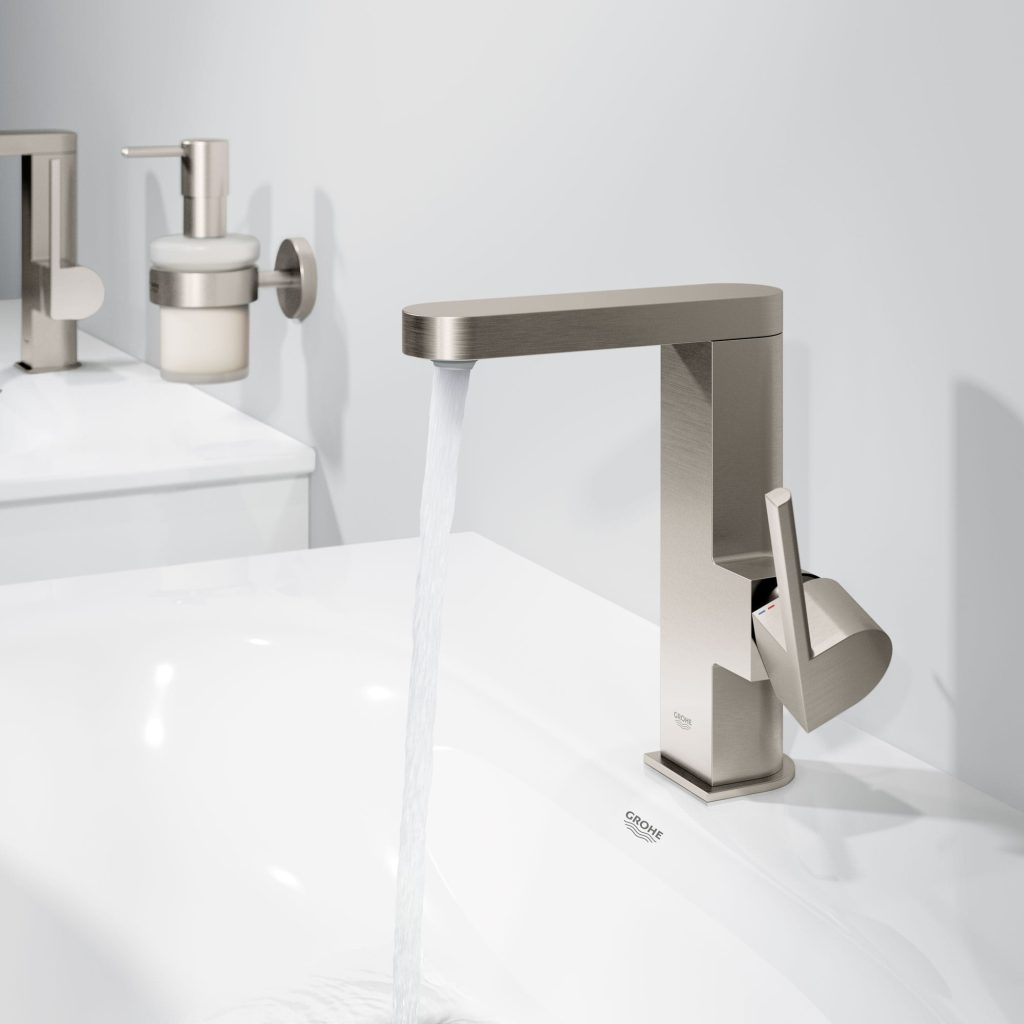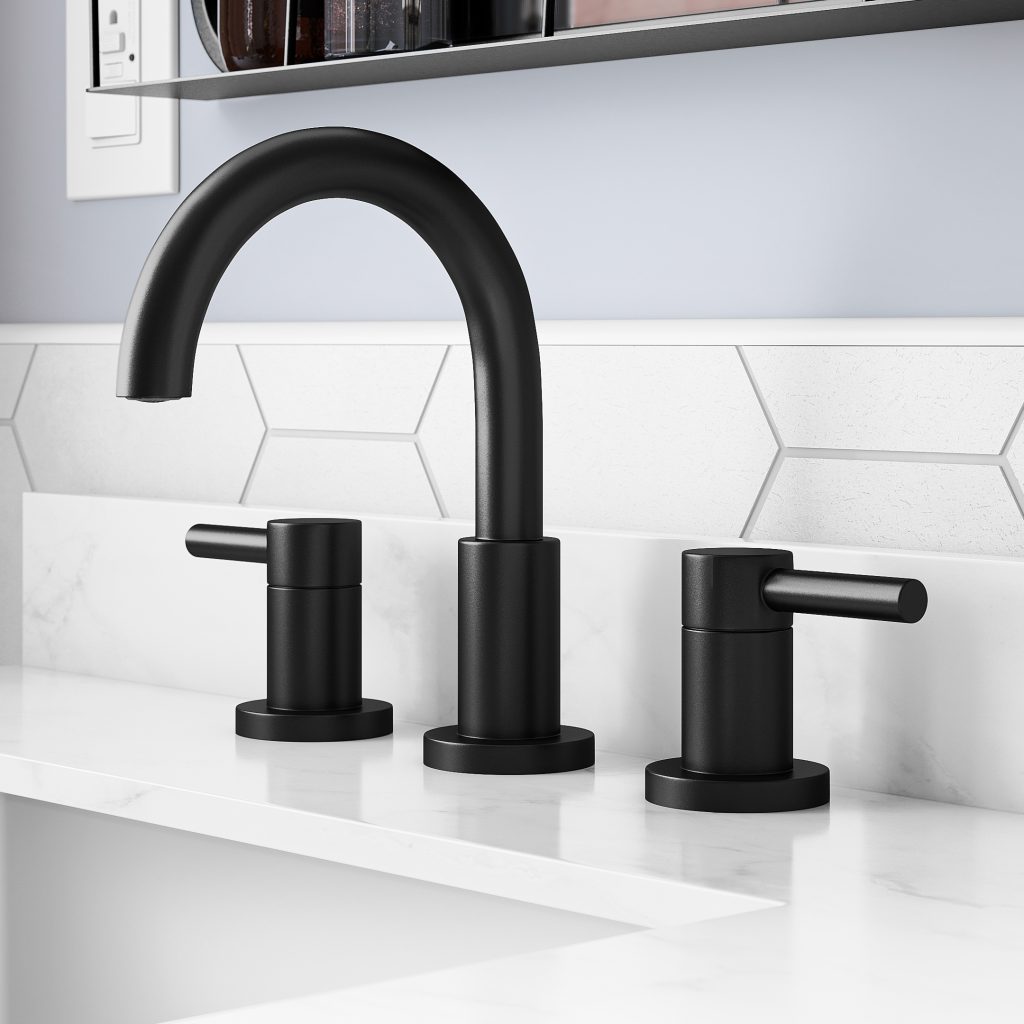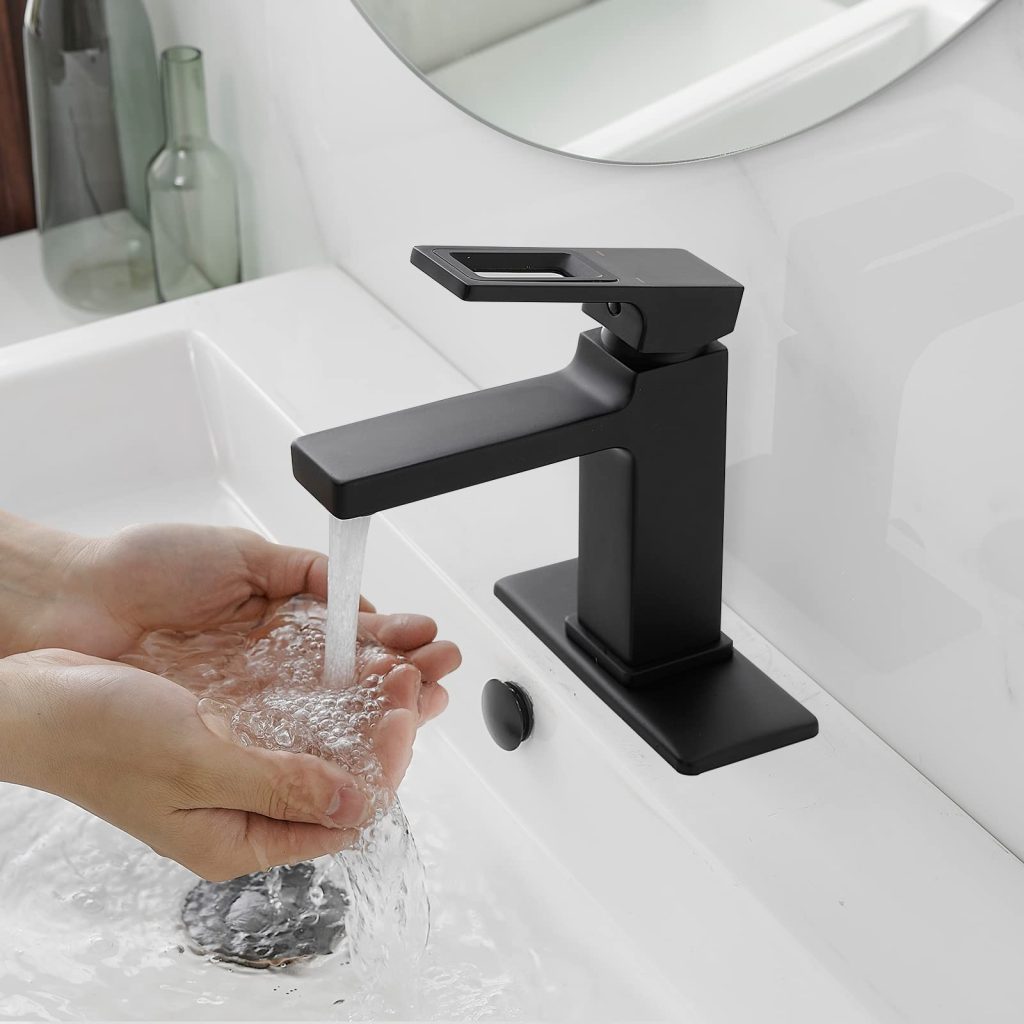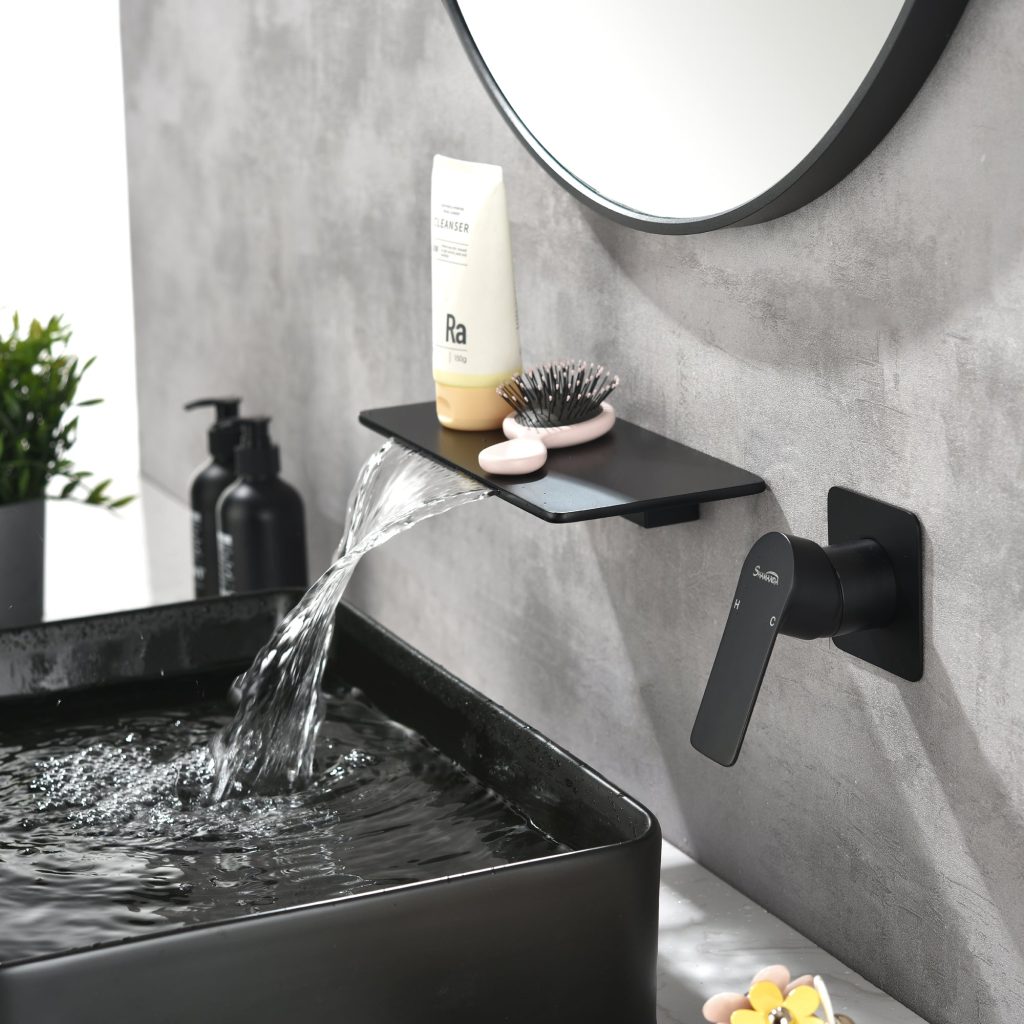Bathroom sink faucets repair are an essential part of any bathroom, providing water for washing hands, brushing teeth, and other hygiene activities. Over time, these faucets may develop problems such as leaks, low water pressure, or irregular water flow. In this guide, we will discuss the common issues that can arise with bathroom sink faucets and provide step-by-step instructions for repairing them.

Identifying the Problem
Before attempting to repair a bathroom sink faucet, it is important to accurately identify the problem. Common issues include leaks, dripping faucets, low water pressure, and problems with the handle or spout. Listen for any unusual sounds or observe any visible signs of damage or wear. By accurately identifying the problem, you can better determine the appropriate repair method.
Tools and Materials
To repair a bathroom sink faucet, you will typically need a few basic tools and materials, including:
- Screwdriver
- Wrench
- Adjustable pliers
- Replacement washers, O-rings, or other parts as needed
- Pipe tape or plumber’s putty
- Clean cloth or towel
- Penetrating oil (if dealing with a stuck or stubborn part)
Once you have gathered the necessary tools and materials, you can proceed with the repair process.
Repairing a Leaky Faucet
A common problem with bathroom sink faucets is a leaky or dripping faucet. This can be caused by worn out washers, O-rings, or other internal components. Here’s how to repair a leaky faucet:
- Turn off the water supply to the faucet by shutting off the valves located under the sink.
- Remove the faucet handle by locating the screw or set screw on the handle and unscrewing it with a screwdriver. Once the screw is removed, you can carefully lift off the handle.
- Inspect the internal components of the faucet for any signs of wear or damage. Look for worn out washers, O-rings, or other parts that may need to be replaced.
- If you identify any worn out parts, remove them and replace them with new ones. Be sure to use the correct replacement parts that are compatible with your specific faucet model.
- Reassemble the faucet handle and turn the water supply back on. Test the faucet to ensure that the leak has been repaired.

Fixing Low Water Pressure
Low water pressure in a bathroom sink faucet can be caused by a few different factors, such as mineral deposits or a clogged aerator. Here’s how to fix low water pressure in a bathroom sink faucet:
- Remove the aerator from the end of the faucet spout by unscrewing it with a wrench or pair of pliers. Inspect the aerator for any debris or mineral deposits that may be obstructing the flow of water.
- Clean the aerator by rinsing it with water and using a small brush or toothpick to remove any buildup or debris.
- Reattach the aerator to the faucet spout and turn the water supply back on. Test the faucet to ensure that the water pressure has improved.
Dealing with a Stuck Handle or Spout
If the handle or spout of the bathroom sink faucet is stuck or difficult to move, it may require some lubrication or adjustment. Here’s how to deal with a stuck handle or spout:
- If the handle is stuck, try applying a small amount of penetrating oil to the area where the handle meets the faucet body. Allow the oil to sit for a few minutes and then attempt to move the handle.
- If the spout is stuck, check for any debris or mineral deposits that may be causing the obstruction. Clean the area around the base of the spout and attempt to rotate it to loosen it.
- If necessary, use an adjustable wrench or pair of pliers to gently loosen any stuck parts. Be careful not to apply too much force, as this can cause damage to the faucet.
Once the handle or spout is moving freely, test the faucet to ensure that it is functioning properly.
Preventing Future Issues
After repairing a bathroom sink faucet, it is important to take steps to prevent future issues from arising. This can include regularly cleaning the aerator and internal components, checking for leaks or drips, and addressing any problems promptly. By performing regular maintenance and addressing issues as they arise, you can prolong the life of your bathroom sink faucet and ensure that it continues to function properly.
Advantages of bathroom sink faucets
Bathroom sink faucets play a crucial role in the overall functionality and aesthetics of a bathroom. They are not just a utilitarian element, but also a design feature that can enhance the look and feel of the space.
Improved Water Efficiency
One of the main advantages of modern bathroom sink faucets is their improved water efficiency. With the growing concern about water conservation, manufacturers have developed faucets that are designed to minimize water wastage. Many new models come with features such as aerators, which help to reduce the amount of water that flows through the faucet without compromising on the pressure. This not only helps to save water but also reduces the utility bills for households.
Enhanced Design Options
Another advantage of bathroom sink faucets is the wide range of design options available in the market. Whether you are looking for a traditional, contemporary, or minimalistic style, there are faucets to suit every taste and preference. From single-handle to wall-mounted faucets, there are plenty of options to choose from. Additionally, the variety of finishes such as chrome, brass, and matte black, allows homeowners to match the faucets with the overall bathroom decor.
Better Functionality
The functionality of bathroom sink faucets has significantly improved with advancements in technology. Many modern faucets come with touchless or motion-activated features, making them convenient and hygienic to use. This is especially beneficial in high-traffic areas such as public restrooms where minimizing contact with surfaces is important. Furthermore, the inclusion of features such as temperature control and water pressure adjustment provides users with a more customized and enjoyable experience.

Durability and Longevity
Quality bathroom faucets are built to last, offering durability and longevity. Manufacturers use high-quality materials such as brass and stainless steel to ensure that the faucets can withstand daily use and resist corrosion. This means that homeowners can enjoy a reliable and long-lasting faucet without the need for frequent repairs or replacements. Additionally, many reputable manufacturers offer warranties on their products, giving consumers added peace of mind.
Easy Installation and Maintenance
The installation of bathroom sink faucets has become increasingly simple, thanks to innovations in design and technology. Many faucets come with easy-to-follow installation instructions and DIY-friendly features, allowing homeowners to save on installation costs. Additionally, the maintenance of modern faucets is relatively hassle-free, with features such as drip-free cartridges and easy-clean finishes making them easier to keep in good condition.
Conclusion
Repairing a bathroom sink faucet can be a relatively simple task, provided that you accurately identify the problem and have the necessary tools and materials on hand. By following the steps outlined in this guide, you can address common issues such as leaks, low water pressure, and stuck handles or spouts. Remember to take preventive measures to keep your faucet in good working condition, and consult a professional plumber if you encounter any complex or persistent issues. With proper maintenance and repairs, your bathroom sink faucet can continue to provide reliable water flow for years to come.

